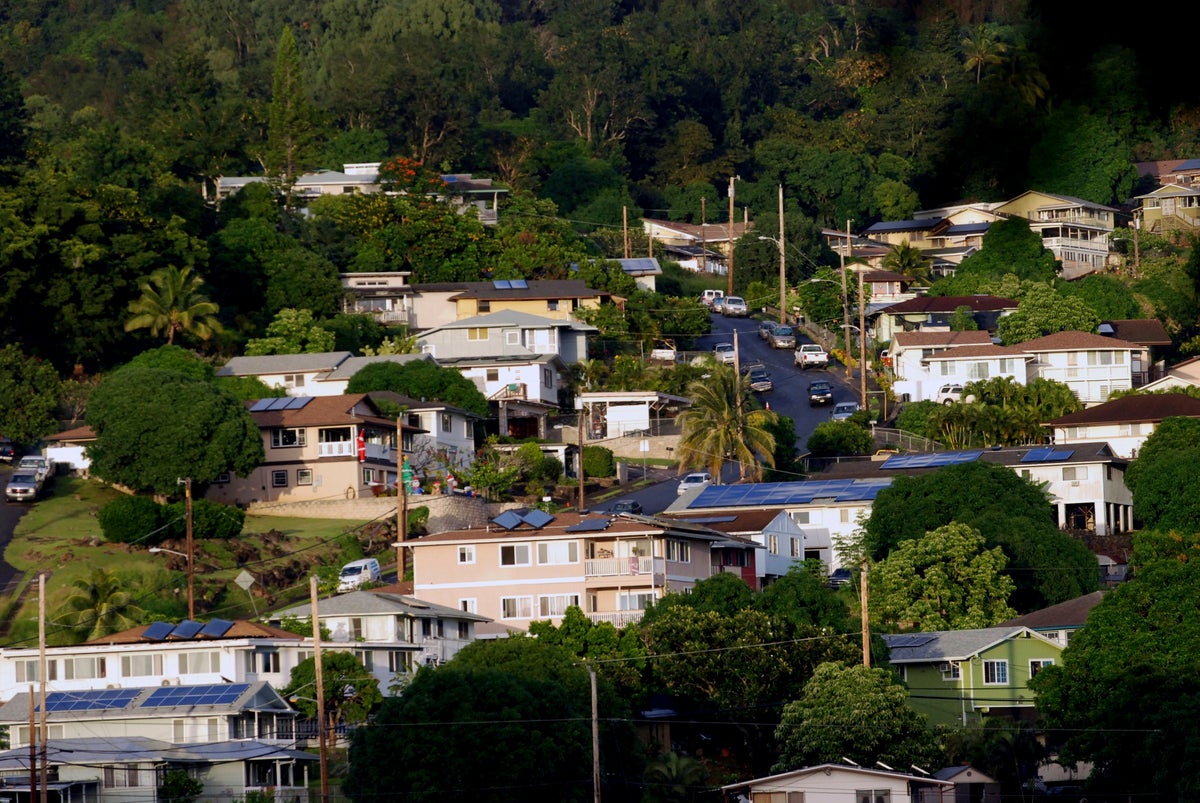
This year's hurricane season for waters around Hawaii will likely be “below normal” with one to four tropical cyclones across the central Pacific region, forecasters said Tuesday.
A near-normal season has four or five cyclones, which include tropical depressions, tropical storms and hurricanes.
Last year, during strong El Nino conditions, four tropical cyclones entered into the central Pacific. El Nino is a naturally occurring climate phenomenon that starts with unusually warm water in the central and eastern equatorial Pacific and then changes weather worldwide.
This year's below-average prediction is due to a quick transition from El Nino to La Nina conditions, scientists with the National Oceanic and Atmospheric Administration said in announcing the 2024 central Pacific hurricane season outlook Tuesday.
La Nina is a natural and temporary cooling of parts of the Pacific Ocean that also changes weather worldwide. La Nina’s effects are often opposite of El Nino, so there are more hurricanes in the Atlantic and fewer in the Pacific.
The outlook is for the overall tropical cyclone activity in the central Pacific basin, and there is no indication for how many cyclones will affect Hawaii, NOAA said. The central Pacific hurricane season begins June 1 and runs through Nov. 30.
Officials stressed the importance of preparing for extreme weather, regardless of the outlook, with Hawaii Gov. Josh Green proclaiming hurricane preparedness week.
“It’s important to prepare for that threat this season and not wait for a season where we expect it to be more active,” said Christopher Brenchley, director of NOAA's Central Pacific Hurricane Center.
Many Hawaii homes are single-wall construction, which make them vulnerable as global warming fuels natural disasters around the planet. Hawaii’s temperate climate means homes don’t need to trap heat, so most don’t have an additional wall to contain insulation. Structurally, their foundations aren’t often properly anchored to the ground. Their lower cost made them Hawaii’s preferred construction style for decades.
Two-thirds of the single-family homes on Oahu, an island of 1 million people where Honolulu is located, have no hurricane protections.
“So even though we have sort of a year where we expect there would be fewer storms on average because of La Nina conditions, if a storm hits the islands, all it really takes is one,” said Daniel Gilford, a climate scientist with Climate Central, a nonprofit science research group.
Warmer sea-surface temperatures worldwide over the last few decades, in part because of human-caused climate change, provides more energy for storms to grow more powerful when they do occur, Gilford said.
“We know that hurricanes are kind of like giant heat engines, almost like a heat engine in your car. You know, it takes in some amount of fuel, and then it converts that fuel into the ability to drive forward,” he said.







